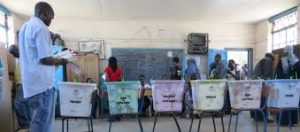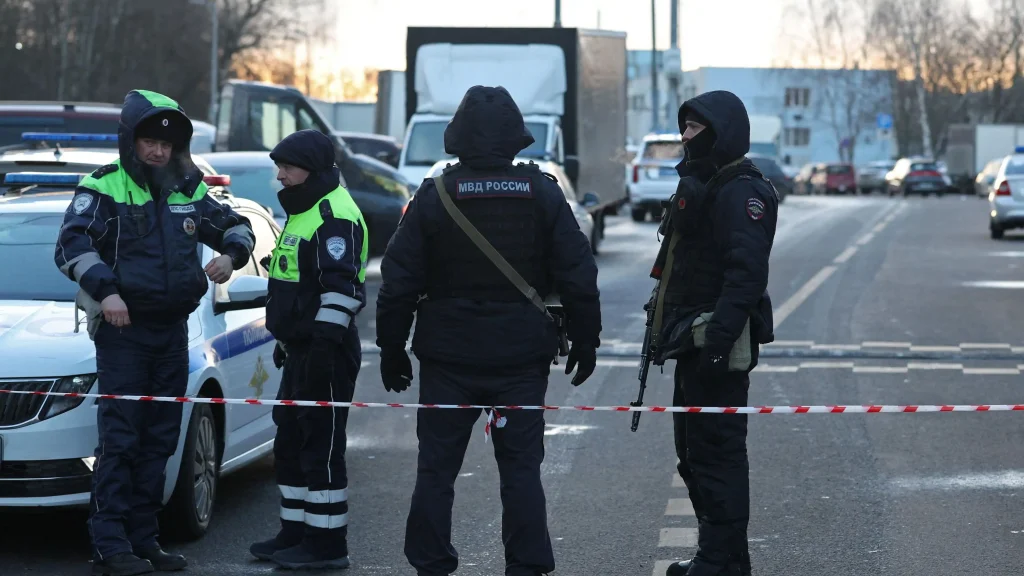 Today, millions of Kenyans are casting their votes in the country’s general election, marking an important milestone in Kenya’s democratic process. Over 22 million registered voters are participating in this election to choose leaders for various positions, including the presidency, members of parliament, senators, governors, and local assembly members. The two main contenders in the presidential race are former Prime Minister Raila Odinga, representing the Azimio la Umoja coalition, and Deputy President William Ruto, the Kenya Kwanza coalition candidate. Other candidates include George Wajackoyah of the Roots Party and David Mwaure of Agano Party, though they are considered to have less of an impact in the vote count.
Today, millions of Kenyans are casting their votes in the country’s general election, marking an important milestone in Kenya’s democratic process. Over 22 million registered voters are participating in this election to choose leaders for various positions, including the presidency, members of parliament, senators, governors, and local assembly members. The two main contenders in the presidential race are former Prime Minister Raila Odinga, representing the Azimio la Umoja coalition, and Deputy President William Ruto, the Kenya Kwanza coalition candidate. Other candidates include George Wajackoyah of the Roots Party and David Mwaure of Agano Party, though they are considered to have less of an impact in the vote count.
The Independent Electoral and Boundaries Commission (IEBC) is overseeing the election, ensuring processes comply with the 2017 Supreme Court ruling mandating enhanced transparency and integrity in result transmission. Each polling station is equipped with the Kenya Integrated Election Management System (KIEMS), allowing biometric voter verification and electronic transmission of results. While previous elections faced challenges with transmission systems, IEBC officials have expressed confidence in the technology, which now includes paper-based backups and satellite modems in remote areas lacking network coverage.
Security remains a priority across polling stations, especially in hotspots identified for potential unrest. President Uhuru Kenyatta, who is completing his second term and is constitutionally barred from running again, has urged Kenyans to remain peaceful and respect the democratic process. Although Kenyatta supports Odinga, Ruto has publicly emphasized his belief in peaceful power transitions, regardless of the outcome.
Polling stations will remain open until 5 PM, with results expected within a week as the IEBC validates the vote count. Analysts suggest a close race between Odinga and Ruto, with potential for a run-off if no candidate secures more than 50% of the vote and wins at least 25% of the votes in half of Kenya’s counties. This election marks a pivotal moment for Kenya, testing the strength of its democratic institutions and public trust in the electoral process.






















